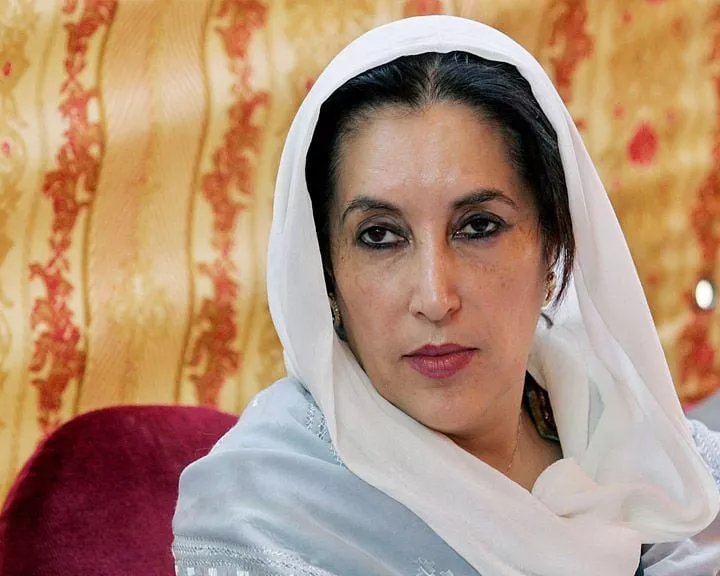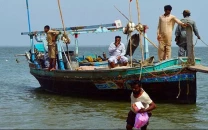Defenders of the coast: The case of the vanishing mangroves
Conservators are struggling to get people to realise how important this ecosystem is.

One day an industrialist was sitting at a country club located near the mangroves. He looked out and a thought came to his head.
“Why don’t you cut that jungle so you can get a straight clear view of the harbour,” he asked one of the managers.
This was one of the stories Javed Jabbar told at the opening of a two-day conference organised by the Human Resource Development Network on Thursday. The event focuses on the ecosystem in Pakistan and is an effort to get policymakers to share their experiences. And, incidentally, policymakers were few and far between in the audience.
“I don’t see any MPA, MNA or any senator … but we do have the chairman of the NDMA,” said a calm but disappointed Jabbar.
Jabbar, who is a global vice president for the International Union for Conservation of Nature, gave an impassioned talk that broke the monotonous barrage of statistics. He recalled his time at Machhar Colony when he walked out towards the back of the school and was hit by a stunning view of mangroves in stark contrast to the polluted colony. When he asked, the teacher said she had no idea what they were.
The point that Jabbar was making was that even Pakistan’s educational institutions (whether for the rich or poor) aren’t educating its population about this natural resource. Mangroves in Keti Bunder in Sindh are disappearing by one and a half feet per day, according to the World Wide Fund (WWF) for Nature and the “defenders of the coast” are in dire need of defence from manmade hazards and climate change.
Mangroves protect the coast from storms, are a cash cow for shrimp nurseries and fishing, and have tremendous potential for eco-tourism. But they have declined by about three million hectares in the last 30 years in Pakistan.
It was only in 2010 that the Sindh Board of Revenue, which has property rights to 260,000 hectares of mangroves, and the 2,474 hectares run by the Karachi Port Trust were officially given protected status, said conservator Riaz Wagan of the Sindh Forest Department (SFD).
“We have now given the areas protected status but that is not the end of it,” said Wagan. “Even though we don’t have money for it, we are trying to protect them.”
The WWF’s Umair Shahid said that technology is a tool that needs to be more integrated into the conservation effort. In some areas, Shahid says that they have tracked the shifting of sand dunes further into mangrove territory, which is, in essence, a desertification of the mangroves.
Another one of the major risks to mangroves is the intrusion of the sea which erodes them.
The IUCN’s Ghulam Qadir Shah said that 15 per cent of Sindh’s Gross Domestic Product (GDP) is lost due to environmental degradation, according to a World Bank study. And from this, up to 1.1 per cent is directly due to the degradation of the mangroves. The study shows that there has been a 40 per cent reduction in fisheries over the last ten years.
Shah stressed that the country is losing out on cashing in on carbon credits because of reduction in carbon emissions which can be traded in for cash internationally. He estimates the opportunity cost for one hectare of mangroves to be worth 8,290 dollars per year.
Mangroves for the Future Regional Coordinator Dr Steen Christensen said that all projects have to take into account the livelihoods of the local communities. Mangroves in Pakistan help sustain over a hundred thousand people in Pakistan.
The conference continues today with a trip to a mangrove site where 300 mangroves will be planted by participants.
Published in The Express Tribune, March 9th, 2012.



















COMMENTS
Comments are moderated and generally will be posted if they are on-topic and not abusive.
For more information, please see our Comments FAQ